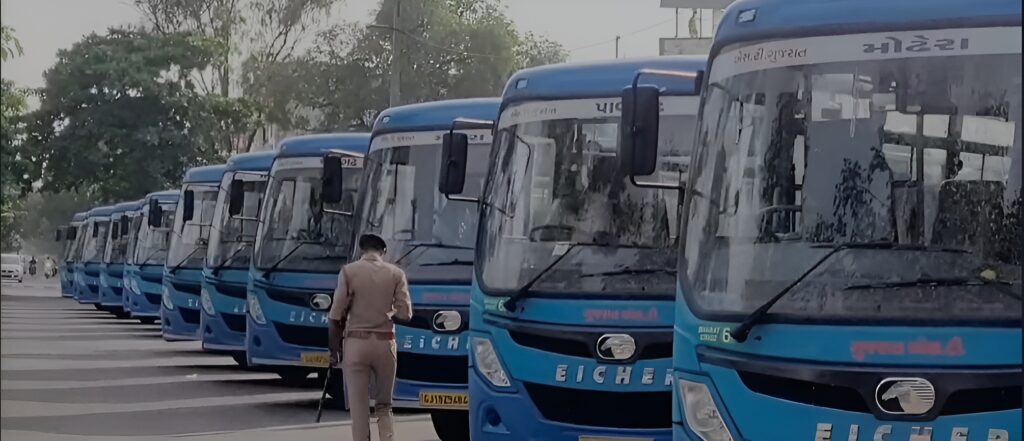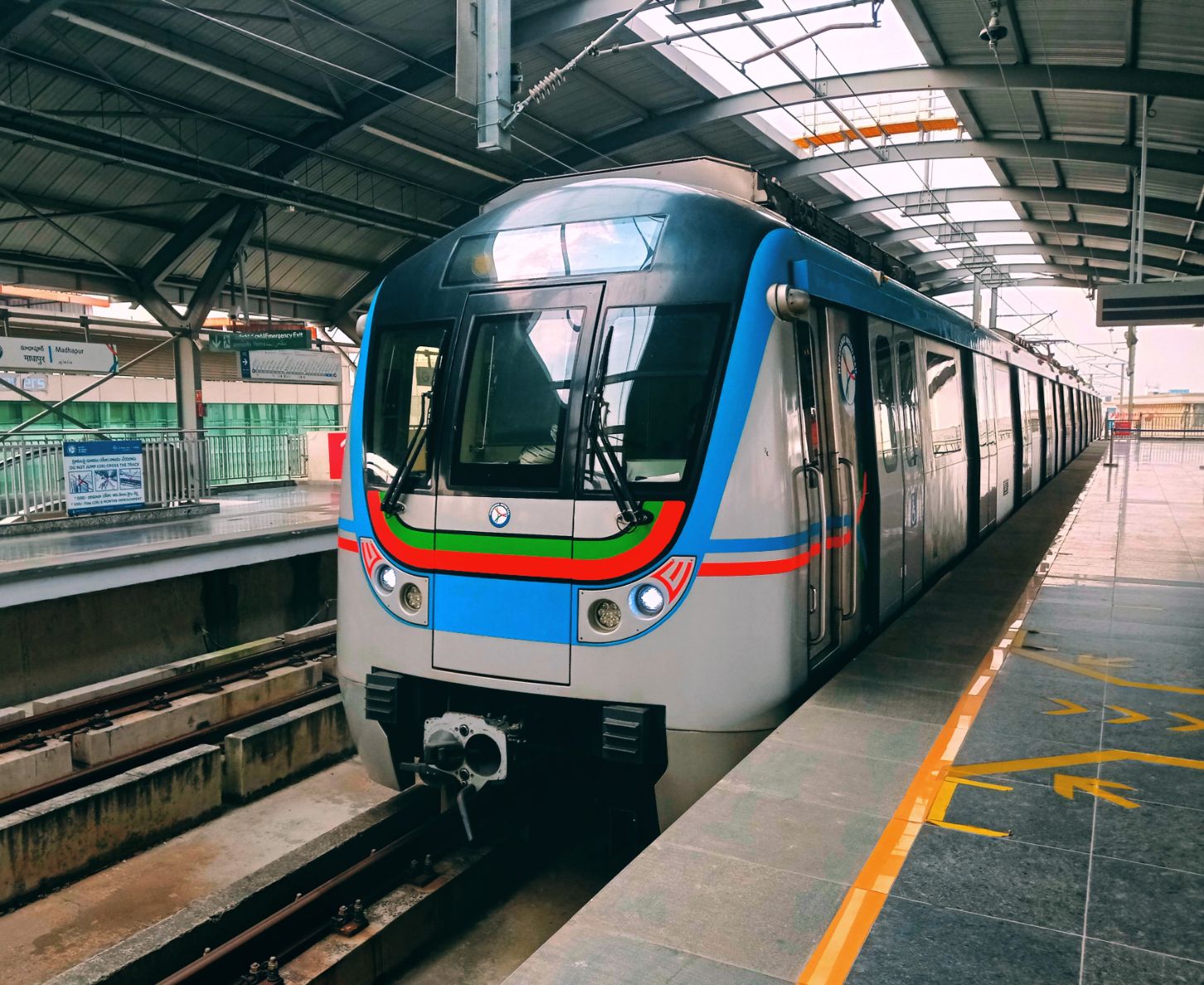Table of Contents
Introduction
It is impossible to underestimate the significance of an effective and dependable public transportation system in a country as varied and vast as India. Cities are getting more and more crowded due to population growth. So making an effective solution more important than ever. In India, buses have long served as the primary mode of public transportation. However, with the development of metro systems in several cities in recent times, an important issue is arising: Can the metro be an ideal replacement for buses in India?
Let’s examine the topic deeper to understand the unique challenges, features and benefits of each kind of transportation.
Capacity and Congestion
In Indian cities, buses have long been the most popular form of transportation. They are flexible, economical, and capable of transporting a sizable number of people. But when cities expand, they get packed, which causes delays and traffic jams. On the other hand, metros have the benefit of dedicated tracks, which guarantee travelers a more comfortable and traffic-free ride. Metros can ease traffic congestion on the roadways considerably because of their increased capacity and speed.
Effect on the Environment
In India, where serious air pollution and climate change worries are major issues, environmental concerns take priority. Air pollution is a result of buses that run on diesel or compressed natural gas (CNG). On the other hand, metros run on electricity, which can come from more environmentally friendly sources like wind or solar power. As a result, metros are a greener choice since they lessen the environmental impact of urban transportation.
Dependability and Speed
Buses are frequently linked to unpredictable timings, crowded spaces, and delayed travel times because of traffic jams. Metro systems provide more reliable and effective transit because they are carefully planned and developed. Metros are a preferred option for individuals with busy schedules because they can be relied upon to arrive at their destinations punctually.
Last Mile Connectivity
One of the challenges faced by metro systems is the issue of “last-mile connectivity.” Metros usually have set routes with a certain number of stops, in comparison to buses, which can travel through small streets and reach places that metros cannot. Cities need to create connected transportation networks that smoothly integrate metros with other forms of transit, such as buses, auto-rickshaws, and bicycles, in order to address this problem.

Affordability
Passengers often find buses to be less costly, particularly in cities where metro rates might be comparatively higher. Passengers from lower income groups may be discouraged from using the metro due to high costs. Maintaining metro transport accessibility for a wide range of users requires finding a balance between revenue generation and other factors. Maintaining that public transportation remains an option for all social and economic types requires acceptable pricing.
Infrastructure and Cost
It is an expensive project to build a metro system, both financially and in terms of time. It requires a significant investment in infrastructure, which could put a financial burden on other crucial services. Governments must carefully balance the benefits of metro networks against their financial viability.
Developing the City
Urban development could go through significant changes as a result of metros. They could reduce the growth of cities and the need for significant road networks by encouraging business and residential development near metro stations.
Cultural and Social Aspects
Indian culture and society have deep roots in the use of buses. They are frequently regarded as a conventional kind of public transportation. Metros could possibly upset this cultural element if they were to take their place. if a result, it is crucial to maintain buses’ cultural significance even if transportation systems are updated.
Lesser Private Vehicles on Road
Metro systems offer a more attractive and environmentally friendly means of everyday transportation. It can significantly impact the decline in the usage of private vehicles in India. Metros offer a reliable, traffic-free form of transit. More people using the metro will reduce the number of private automobiles on the road, which will improve traffic flow and decrease traffic. It may be less expensive to use the metro than to buy and maintain a personal car.
Conclusion
In conclusion, even though metros are faster, more capacious, and environmentally friendly, they are not a perfect substitute for buses in India. In India, each form of transportation has a role to play in the transportation system; finding the ideal balance is crucial.
The combination of several modes of transportation, including buses, metros, trams, and shared transportation solutions, is crucial for the future of transportation in India. In order to fulfill every need of India’s expanding urban population, efficient, economical, and environmentally friendly transportation may be provided with the support of a complete and well-planned strategy.

